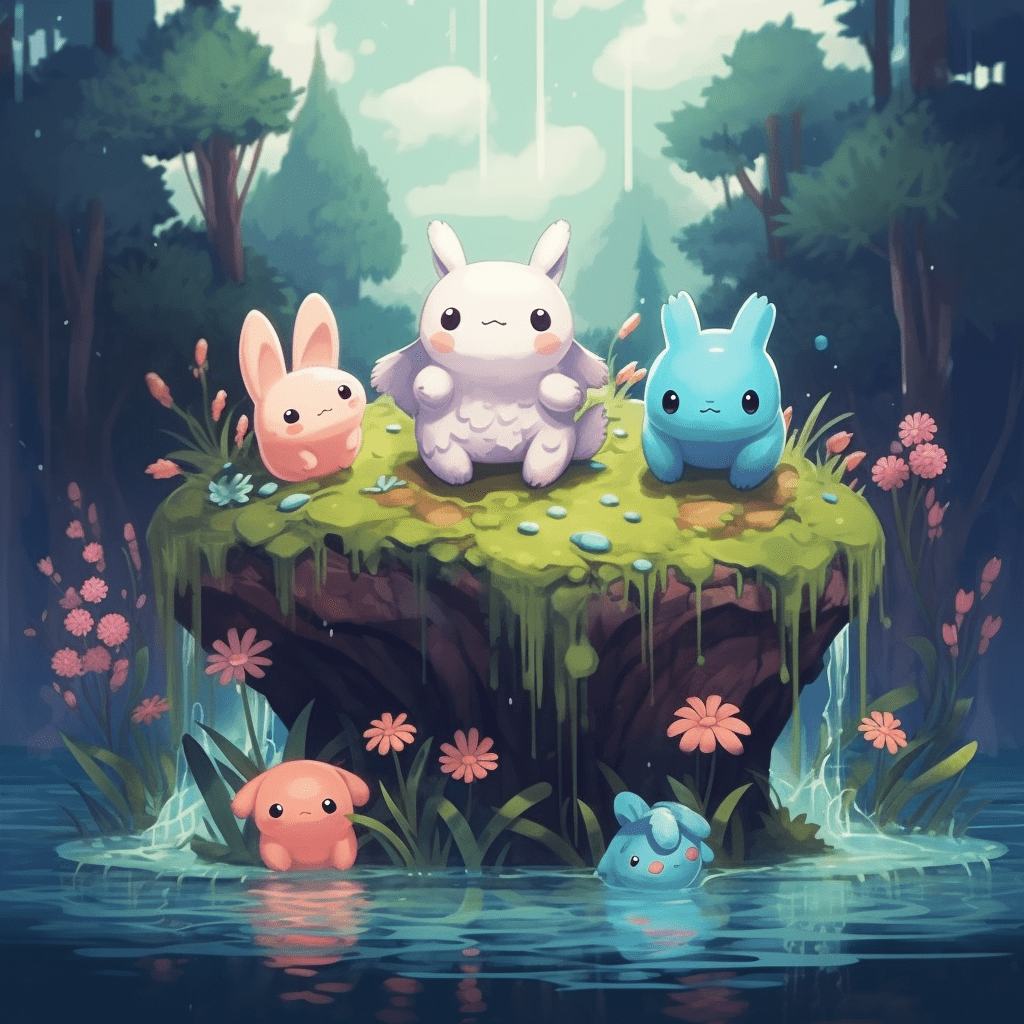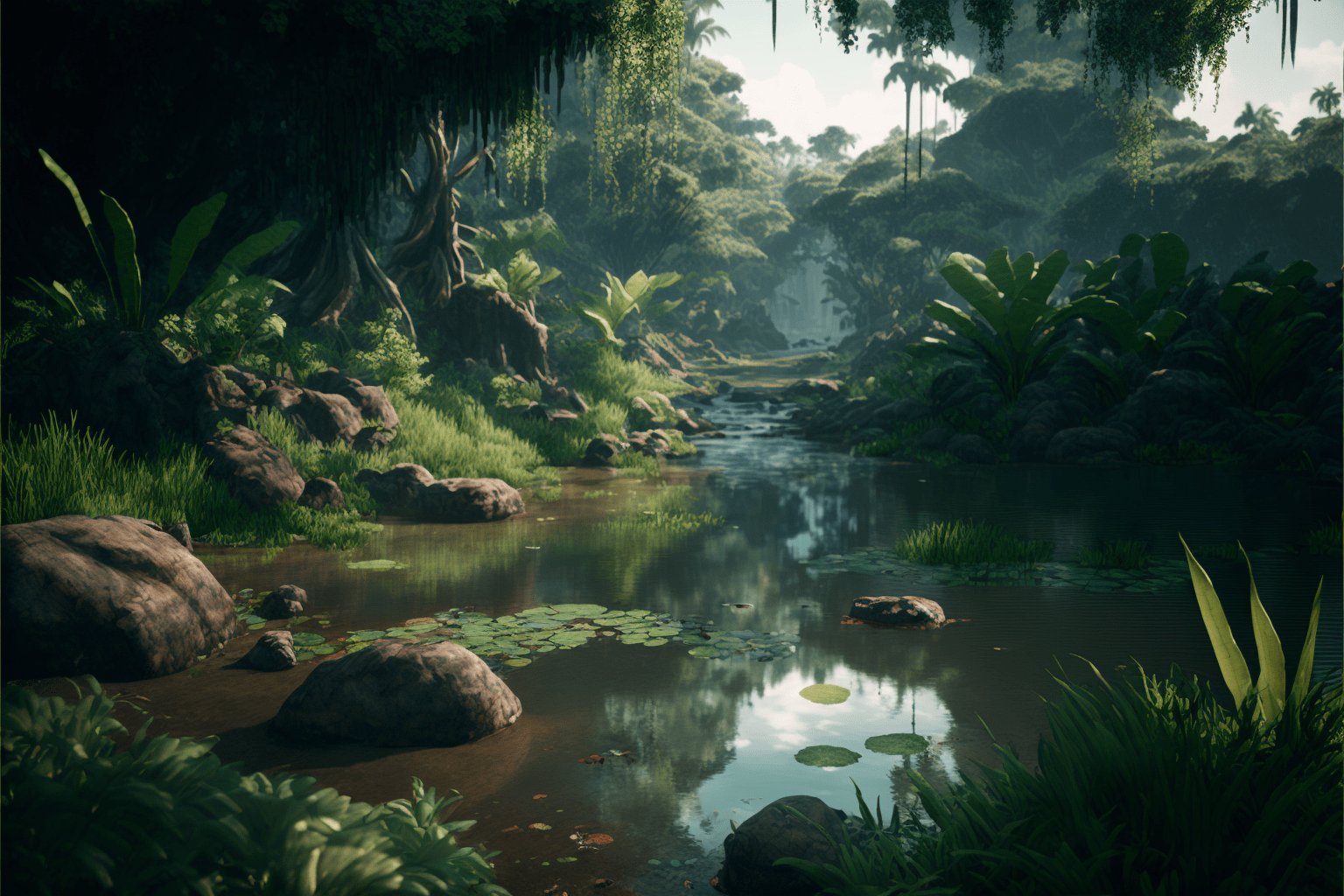
The world of digital art has been revolutionized by the emergence of non-fungible tokens (NFTs), which allow artists to create, sell, and trade unique digital assets on blockchain platforms. As a result, numerous digital art marketplaces have sprung up to cater to the growing demand for NFT art. In this article, we’ll compare the costs of NFTs across some of the most popular digital art marketplaces, helping you make informed decisions when it comes to buying or selling NFTs.
OpenSea
OpenSea is one of the largest and most well-known NFT marketplaces, offering a wide variety of digital assets, including art, collectibles, domain names, and more. The platform supports Ethereum and Polygon blockchains, making it easy for artists and collectors to create and trade NFTs without worrying about platform compatibility.
When it comes to costs, OpenSea charges a 2.5% fee on every successful sale. However, creating an NFT on OpenSea is free, although you’ll need to pay a one-time “gas” fee to initiate your account. Gas fees vary depending on network congestion but can range from a few dollars to over $100 during peak times. After this initial setup, gas fees for minting NFTs and listing them for sale are minimal, especially when using the Polygon network.
Rarible
Rarible is another popular NFT marketplace that focuses on digital art and collectibles. The platform is built on the Ethereum blockchain and has its own native token, RARI, which can be earned through buying and selling on the platform.
Minting an NFT on Rarible requires paying a gas fee, which, as mentioned earlier, fluctuates depending on network congestion. Additionally, Rarible charges a 2.5% service fee for each transaction. When selling an NFT on Rarible, you can also set a custom creator royalty percentage, allowing you to earn a percentage of future sales.
SuperRare
SuperRare is a high-end NFT marketplace that prides itself on curating and showcasing unique digital art from a select group of artists. To maintain exclusivity, SuperRare has a strict vetting process for artists who wish to sell their work on the platform.
When it comes to costs, SuperRare takes a 15% commission on primary sales (i.e., when an NFT is sold for the first time) and a 3% commission on secondary sales. The platform also requires artists to pay a gas fee when minting their NFTs. Due to its exclusivity and high-quality offerings, NFTs on SuperRare typically sell for higher prices compared to other marketplaces.
Foundation

Foundation is another curated NFT marketplace that focuses on digital art. The platform is built on the Ethereum blockchain and has a strong emphasis on simplicity and user experience, making it an attractive choice for both artists and collectors.
The costs associated with using Foundation are similar to other marketplaces. There’s a gas fee for minting NFTs, and Foundation charges a 15% commission on primary sales and a 5% commission on secondary sales. The platform’s curated approach to digital art often leads to higher average prices for NFTs compared to more open platforms like OpenSea and Rarible.
Nifty Gateway
Nifty Gateway is an NFT marketplace owned by the Winklevoss twins’ Gemini exchange. The platform focuses on high-quality digital art and collectibles, often featuring drops from well-known artists and brands. Nifty Gateway is unique in that it allows users to purchase NFTs using fiat currency, making it more accessible for those who are new to the world of crypto.
As for the costs associated with Nifty Gateway, there is a gas fee for minting NFTs, and the platform charges a 15% commission on primary sales, with a 5% commission on secondary sales. The platform’s high-profile collaborations and focus on quality often result in NFTs selling for higher prices.
Zora
Zora is a decentralized NFT marketplace built on the Ethereum blockchain. The platform allows artists to mint and sell NFTs directly from their websites, bypassing the need for a traditional marketplace. Zora’s unique selling point is its dynamic pricing model, which allows the price of an NFT to change based on supply and demand.
The costs of using Zora are similar to other marketplaces. There’s a gas fee for minting NFTs, and Zora charges a 2.5% service fee for each transaction. The dynamic pricing model can lead to significant fluctuations in the cost of NFTs, making it an exciting option for collectors looking for a more market-driven approach.
Conclusion: Navigating the NFT Marketplace Costs

When comparing the costs of NFTs across popular digital art marketplaces, it’s essential to consider the fees and commissions associated with each platform. Gas fees for minting NFTs can vary depending on network congestion, while service fees and commissions differ from one marketplace to another. Furthermore, the average prices for NFTs can be influenced by factors such as exclusivity, curation, and platform reputation.
To make informed decisions when buying or selling NFTs, familiarize yourself with the various costs associated with each marketplace and choose the one that best aligns with your preferences and budget. The world of NFTs is constantly evolving, and staying informed about the latest trends and developments will help you navigate this exciting digital landscape.
